![]()
At a young age, wildlife photographer and Pelican user Martin Gregus Jr. discovered a passion for documenting the connection between nature and the animals that inhabit natural places. At just 11 years old, Gregus’ White on Blue image was specially commended at the Natural History Museum Wildlife Photographer of the Year competition in London. As Gregus matured, so did his wildlife photography, resulting in being named People’s Choice Award Wildlife Photographer of the Year in 2022.
Full disclosure: This article was brought to you by Pelican
At a Glance
Martin Gregus was born into a family of creatives in Bratislava, Slovakia. His mother was a fashion designer, while his father was a graphic designer and photographer. After the family moved to Vancouver, Canada in 2004, Gregus learned the basic rules of composition while watching his father photograph his mother’s newest fashion designs.
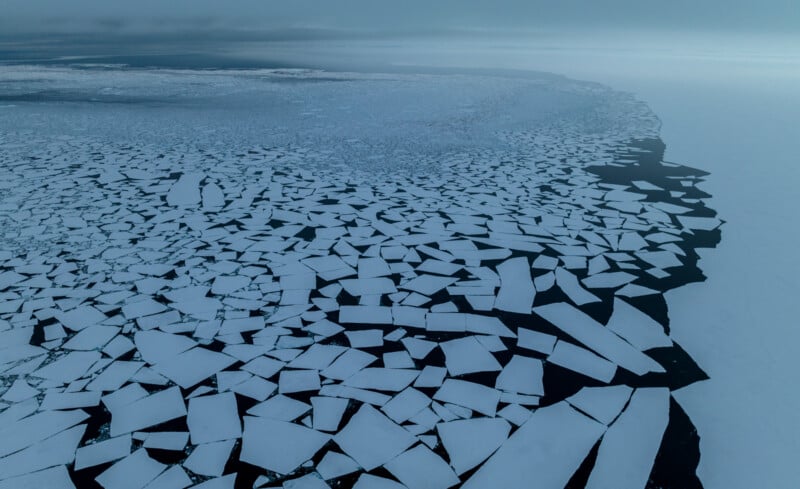
“From a very young age, I was completely fascinated watching my father work with a camera,” Gregus says. “I saved up small amounts and was able to buy a basic point and shoot camera, which allowed me to mimic what my dad was doing. It was an incredible bonding experience, and I became obsessed with photography.”
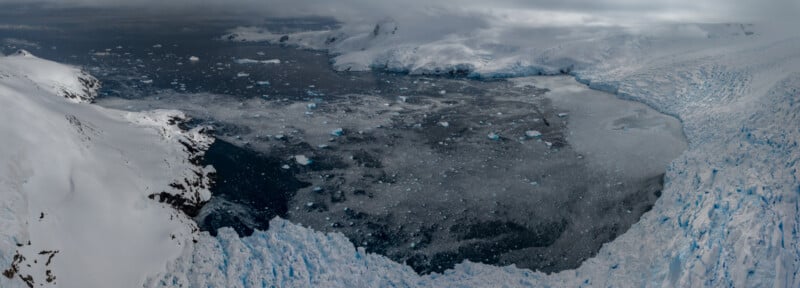
When his father upgraded his camera, Gregus inherited his old Nikon. “I remember that my favorite lens was a telephoto, as it allowed me to capture photographs of my other passion: wildlife,” he explains. “Ever since I was little, I was fascinated by wild animals. While other kids my age were playing video games, I was spending 7 hours in the mud looking for owls to photograph.”
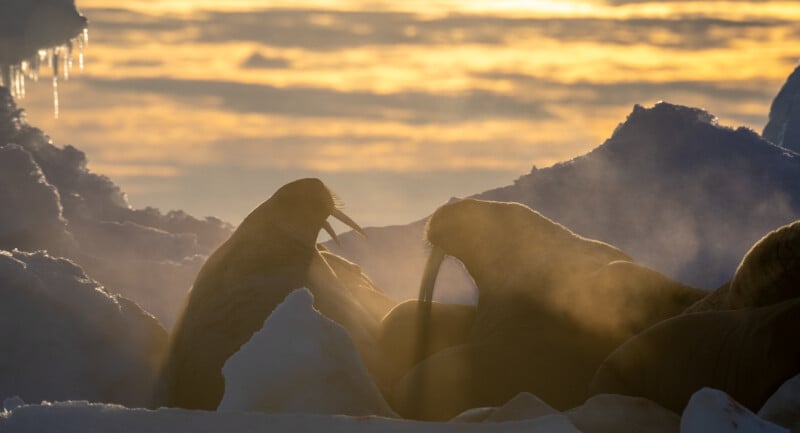
In 2010, shortly after his father gifted him the hand-me-down Nikon, Gregus won the top award in the 11-14 year old age category from the Wildlife Photographer of the Year awards. That moment, he says, is when he became determined to make a career out of wildlife photography.
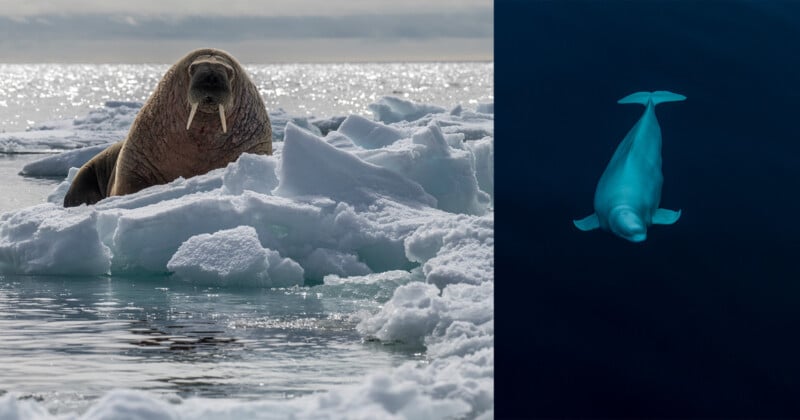
“When I went to London for the awards ceremony, I really enjoyed spending time with the other photographers,” he describes. “I instantly felt a connection with the community, so that made me love wildlife photography even more. To this day, I have stayed in touch, and sometimes photographed wildlife, with many of the photographers that I have met at the event over the years.”
Polar Bears and Fireweed
Gregus has spent countless hours carefully packing up his Pelican cases with his photography equipment and traveling to remote locations in search of wildlife. Perhaps none of those trips changed the course of his life more than when he visited the arctic. “In 2015, my father and I were working on a project called Thank You, Canada for the One 50 Canada Society. To capture content for that project, we went to Churchill, Canada in the summer. I had seen a photo of a polar bear surrounded by wildflowers, and I was determined to capture my own story of this incredible scene.”
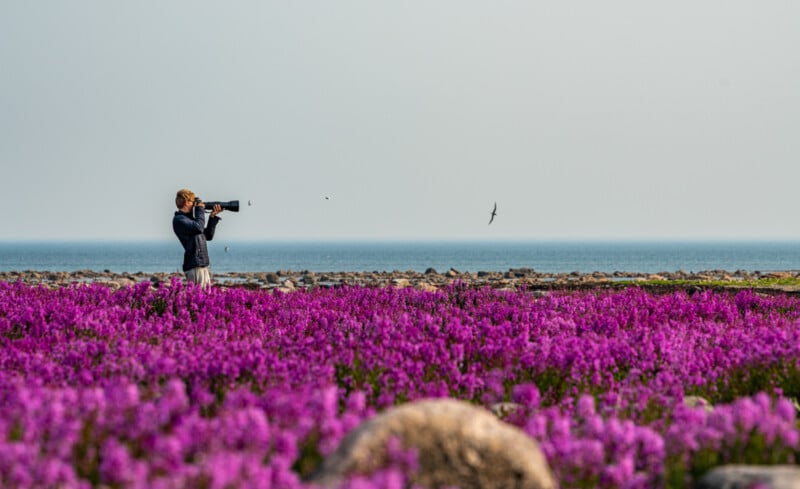
Unfortunately, because of its remote and hard to reach location, the photos of polar bears living among the wildflowers that Gregus had dreamed of would not materialize on that trip. It wasn’t until 2020 that he would have another chance. “As the world came to a standstill in 2020, I decided to finally make the years of planning a reality,” he says. “I partnered with a local outfitter that knew I wanted to photograph polar bears in the summer, and they had a boat that I could use for a few weeks. After 13 days of living on a boat in the remote arctic, we again didn’t capture the polar bears with wildflowers. It was the first time in years that the flowers bloomed in mid-August instead of late July, so we were a bit early.”
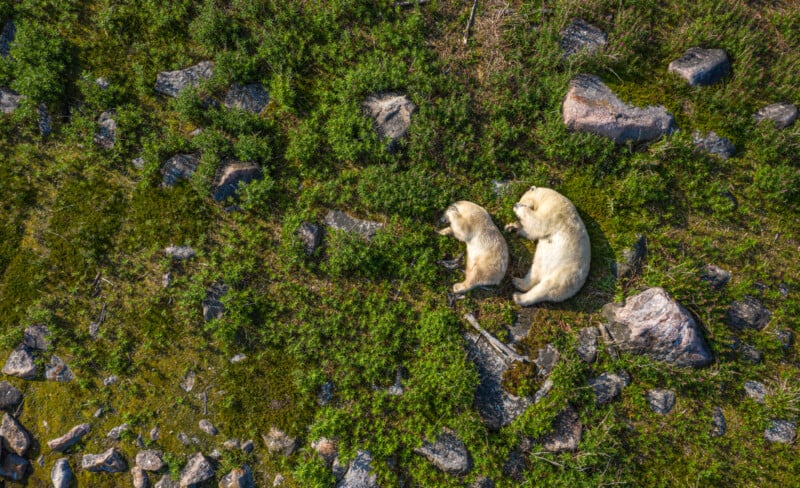
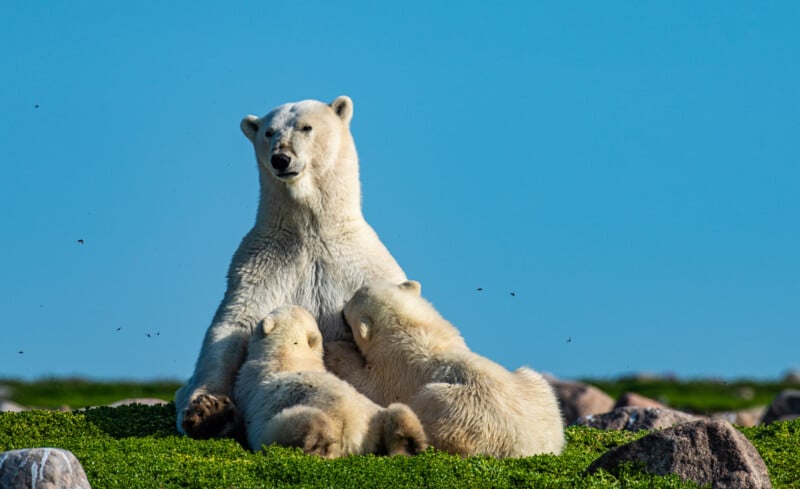
“After five years of dreaming, it was frustrating to be so close, and not come away with the shots I had envisioned,” he continues. “I had never camped in such tough conditions before. We were truly living among the polar bears, in an extremely remote location. I was determined to get the story though, so as soon as I returned home, I started planning for one more attempt the following summer, and that’s when it finally came together.”
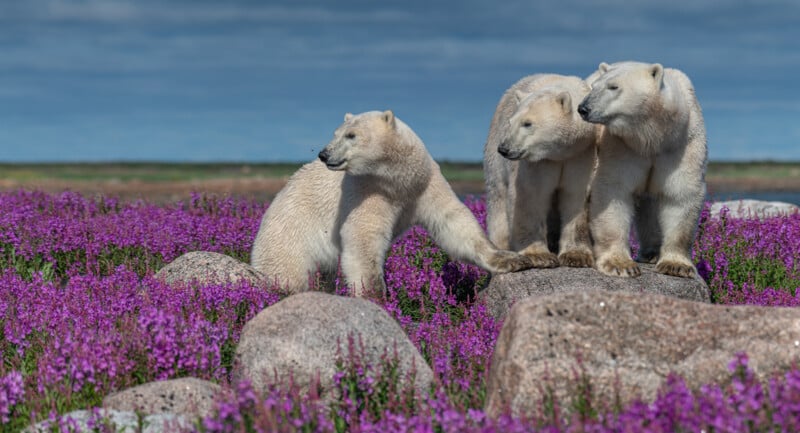
During the summer of 2021, Gregus began preparing for his second expedition to capture polar bears among the arctic wildflowers. “I had learned a lot during the first expedition,” he describes. “I felt more comfortable with living among the bears, and I had confidence in the safety measures that we had enacted the previous year. My assistant, Josh Goodman, and I decided to make a film in addition to a photo story, so we had more than doubled the camera equipment and survival supplies. We were determined to come home with an incredible story of survival and resilience.
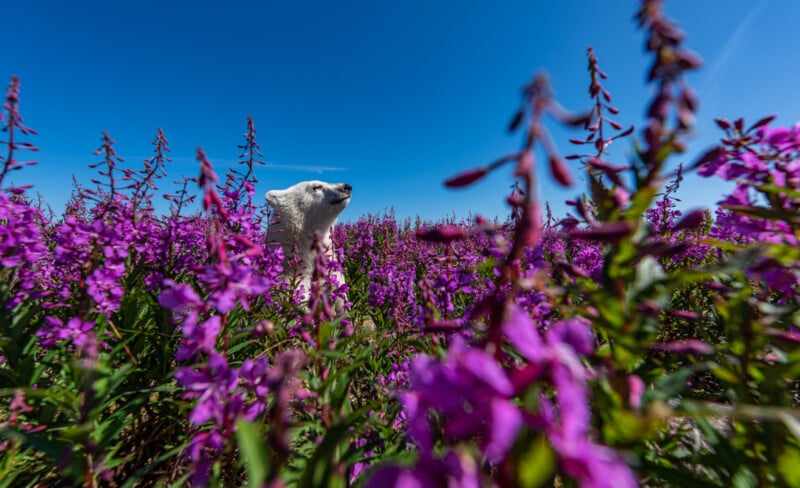
Gregus and Goodman would live on the boat that Gregus piloted to the remote location for 20 days. “The most dangerous part of this expedition actually isn’t the polar bears. The unpredictability of the severe weather can be deadly, especially when it comes to the boat. Trying to navigate the frigid waters of the arctic in a severe storm is incredibly challenging, and if you don’t read even one storm wave correctly, the results could be catastrophic. Once, we even lost our boat while it was tied up and acting as our on-shore camp. We returned after a day of shooting, only to find a storm had caused our boat to float out into the Hudson Bay.”
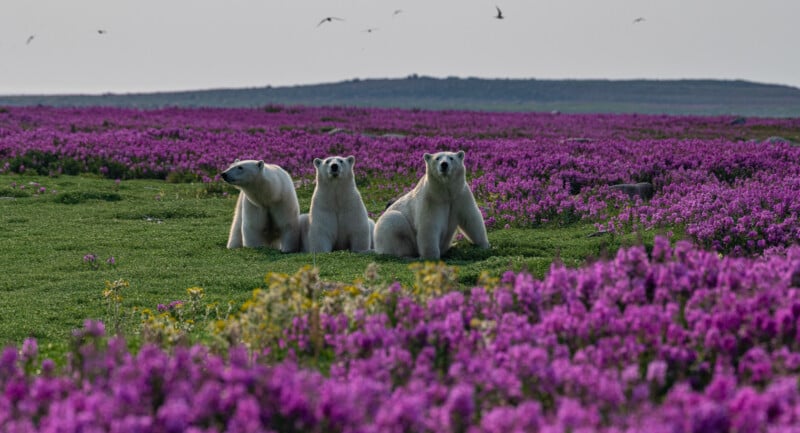
By contrast, Gregus explains, the polar bears are not nearly as dangerous as most people would expect. “Polar Bears are only dangerous if you give them a reason to be dangerous. If you ignore all the signs of them being aggressive towards you, then you’re in trouble. For the most part, however, they are just curious, and if you respect their curious nature, then they usually don’t pose any danger.”
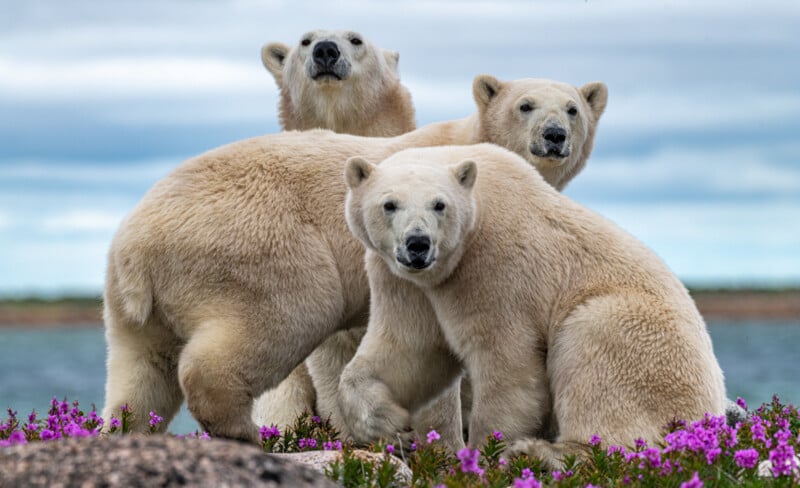
When Gregus returned home, his family went through their annual pastime: selecting which images he would submit to the Wildlife Photographer of the Year competition. “I had come home with almost 70,000 images, so it was incredibly overwhelming,” he describes. “I was dreading having to go through that many images, however, my parents were instrumental in motivating me. We all would sit in front of my computer and go through thousands of images, selecting our favorites. Eventually, we settled on the ones that we wanted to submit, and apparently, we chose wisely as I wound up winning the competition.”
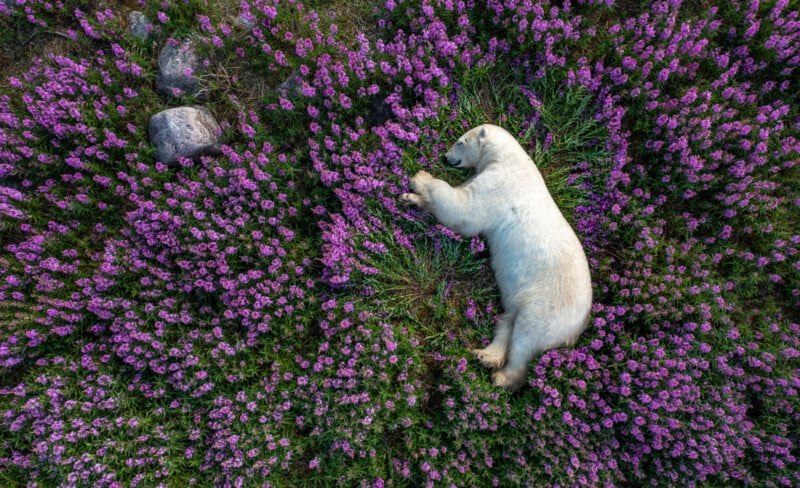
While Gregus has finally achieved his dream of photographing polar bears living among the fireweed, he still plans to return. “It’s such an incredible sight, it’s something that you just want to witness over and over again. While I plan on taking more personal expeditions, I am also guiding a few fellow photographers on a 7-day expedition in the summer of 2025.
Challenges of Photographing in Remote Locations
Luxury is a word that Gregus constantly refers to when describing what it is like to live in the arctic. “Even the simple things that I take for granted on a daily basis are such a luxury in the arctic. Not having functioning toilets or showers is just the tip of the iceberg. It makes me appreciate what I have at home even more.”
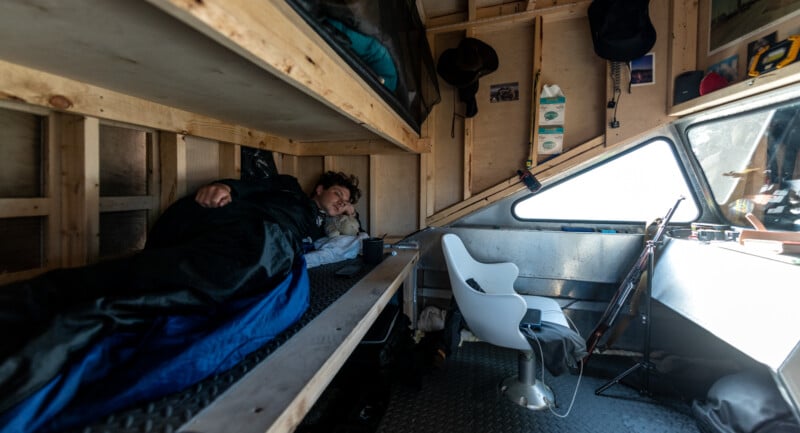
Gregus explains that, in this part of the arctic, the extreme conditions are constantly changing. “I could be photographing the polar bears under blue skies one minute, only to get hammered by sideways rain in 50 mph winds the next,” he says. “I learned the hard way the previous year, so for the second expedition, I added countless new Pelican cases to my already large collection. I had plans to spend 3 weeks photographing and filming the polar bears, sometimes up to 20 hours a day. With the harsh conditions, it was critical that we kept our expensive photography gear protected and working. With the large financial cost and the rarity of the expeditions, even one broken piece of equipment can ruin the creative process.”
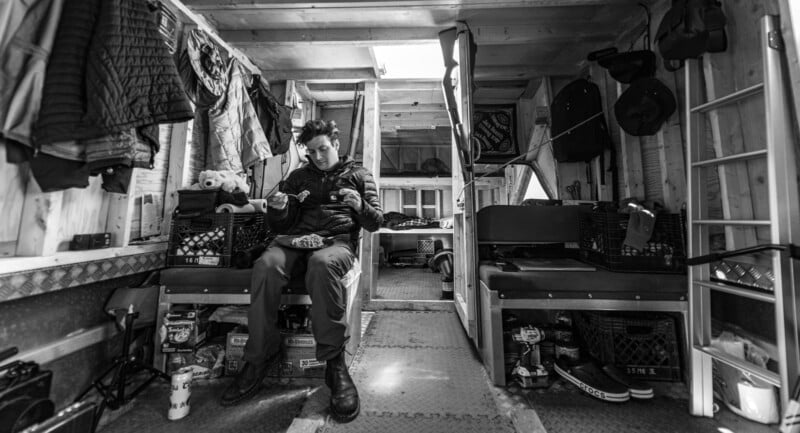
Gregus relies on a multitude of Pelican cases in his wildlife photography adventures to remote, harsh locations. “My main hardcases that I use to protect my camera gear are the 1626 Air Case, 1600 Protector Case, and the 1615TRVL Air Travel Case,” he explains. “Each of these cases serve a different purpose. Thanks to its lid organizers that have zippered compartments, the 1615TRVL Air Travel Case is perfect for keeping my camera batteries, Pelican micro memory card cases, cables, and various other accessories organized. The 1600 Protector Case is almost indestructible, so that is where I will store the most expensive and delicate cameras and lenses. The 1626 Air Case, while also incredibly protective, is much lighter than the other cases, so I will put the gear that I need for the day in this case. The light weight of the Air case makes it much easier to carry, while still protecting my valuable equipment.”
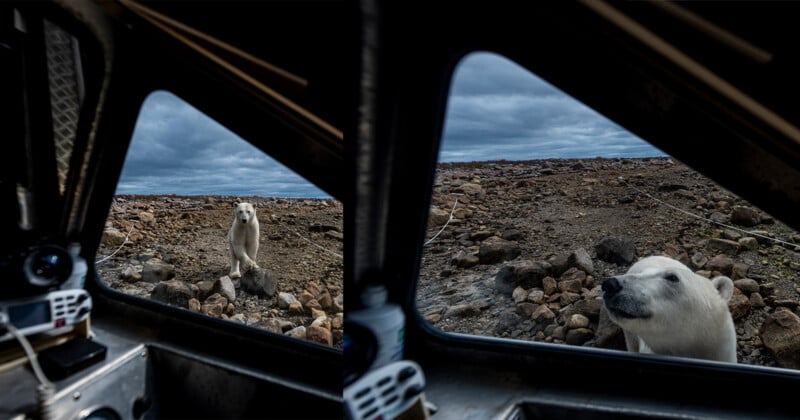
Gregus explains that his knowledge of Pelican products started in his youth. “My dad had Pelican cases for his photography equipment,” he says. “At the time, I didn’t understand why he would travel with that big, heavy case. Of course, when I grew up and started my own photography business, I understood right away why he valued his Pelican case so much.”
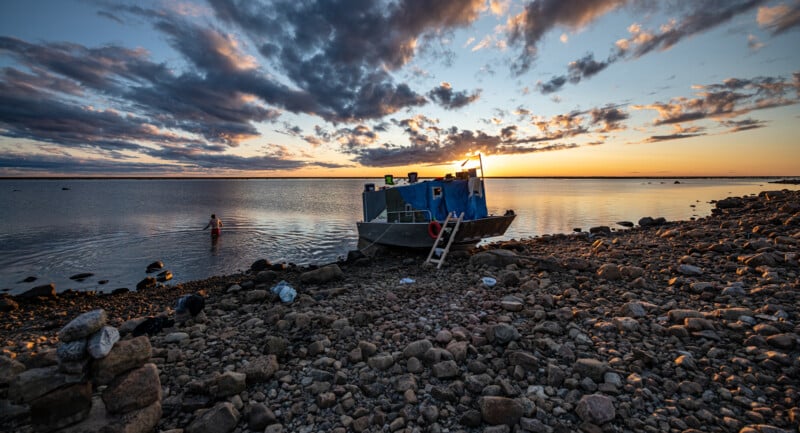
In the Arctic, Gregus has to worry about more than rain and wind damaging his camera equipment. “I can’t count how many times our boat has taken on a fair amount of water,” he describes. “Since the Pelican cases are air-tight, luckily, the water has never damaged the equipment inside of them. There were a few times where we might have had to briefly swim to catch up to a floating Pelican case, but we knew if we caught it, the equipment would be safe.”
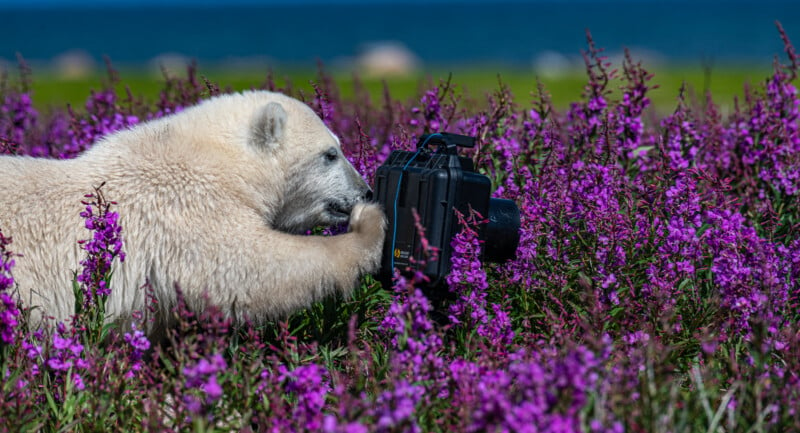
Gregus’ Pelican cases were not only used to protect his cameras and lenses, but he used a Pelican case as a camera trap while photographing polar bears in the arctic. Gregus describes that he cut a hole in the front of the Pelican case, big enough for a glass dome that he had taken from an underwater housing unit. “Looking back on it, that might have been one of my best ideas of my career,” Gregus says. “To be able to get a camera just inches in front of a polar bear, while feeling confident that the equipment won’t be damaged, opened a world of possibilities. We captured some incredible photos and video clips of the Polar bears interacting with the Pelican case that we can’t wait to share in our upcoming film.”
Wildlife Conservation
As a wildlife photographer, Gregus’ passion for the animals that he photographs, especially polar bears, is unmatched. “When we documented the polar bears in the fireweed, we were trying to tell a story of change and resilience,” he describes. “Obviously, we are always hearing about climate change, and as a photographer who works in the Arctic, I see it firsthand. Climate change is causing tremendous change in the Arctic landscape, especially when it comes to weather extremes. There are catastrophic storms where there shouldn’t be. There is ice forming where there shouldn’t be, and ice disappearing where there should be ice.”
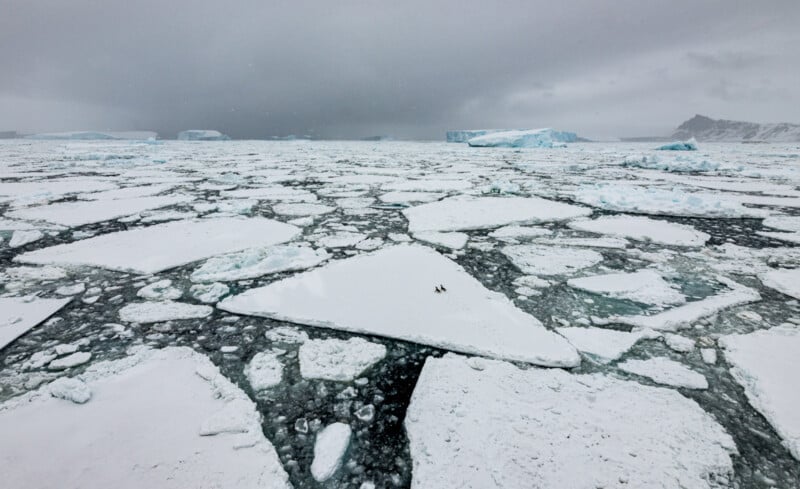
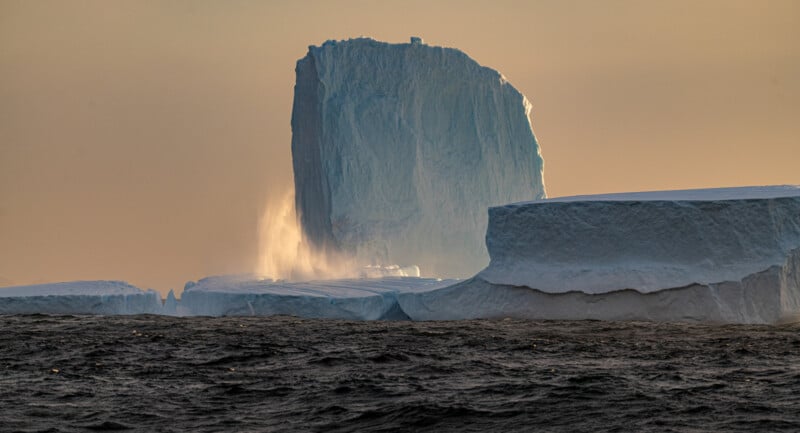
Gregus describes what he has seen in the Canadian Arctic in recent years. “In the summer, there was ice in the Hudson Bay by Churchill, which isn’t normal. And in Quebec, where there should be ice in the winter, there wasn’t any, because the winds didn’t behave like they are supposed to and moved the ice westward. This led to the ice being dispersed and made twice as thick as it should be, which was great for the polar bears in the Western region of the Hudson Bay, but it was devastating for the polar bears in Quebec, who had no ice all winter.”
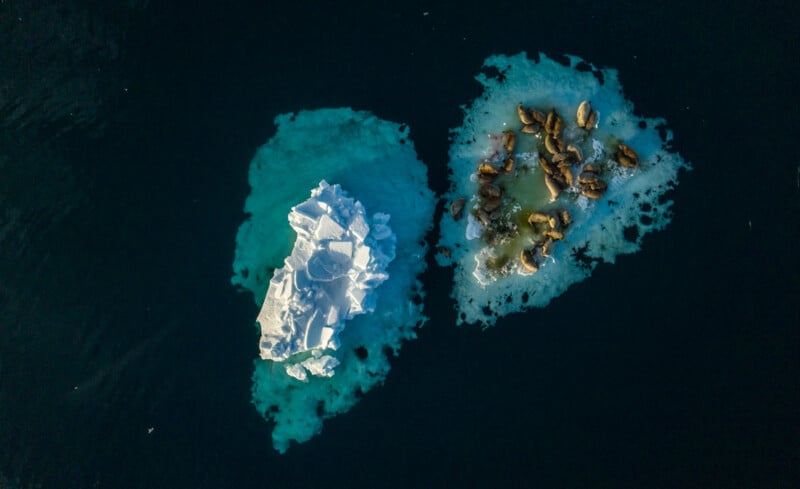
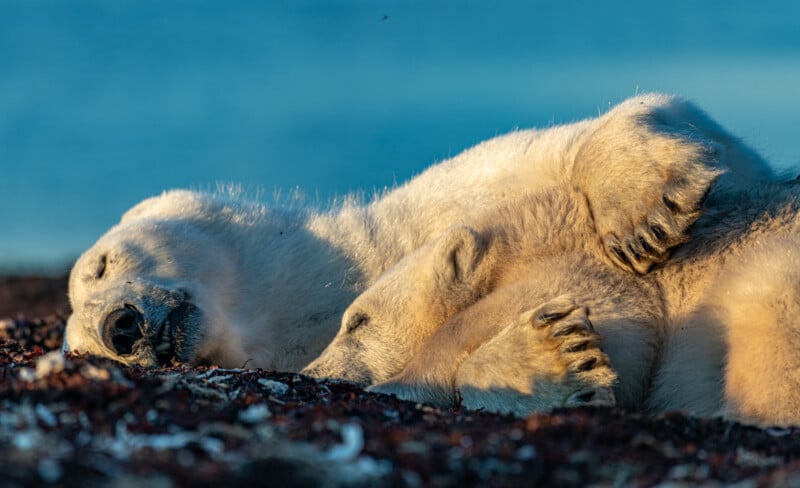
These weather anomalies are increasing and becoming more extreme, Gregus says. “This was evident in 2020 when the fireweed bloomed in August instead of July. That is not normal. This shift in schedule can have a profound effect on the polar bears. For centuries, the polar bears have been hardwired to understand when to leave the ice in summer, and when to return to the ice as winter begins. However, the times hardwired into their brains aren’t accurate anymore, so it throws off their routine. Having a routine is paramount to polar bears’ survival, so even though they are adapting, climate change is having profound effects on the arctic’s polar bears. This is the story that I am trying to tell. That these animals are, above all, resilient. They have been adapting for thousands of years, however, we are forcing them to adapt quicker than they are used to.”
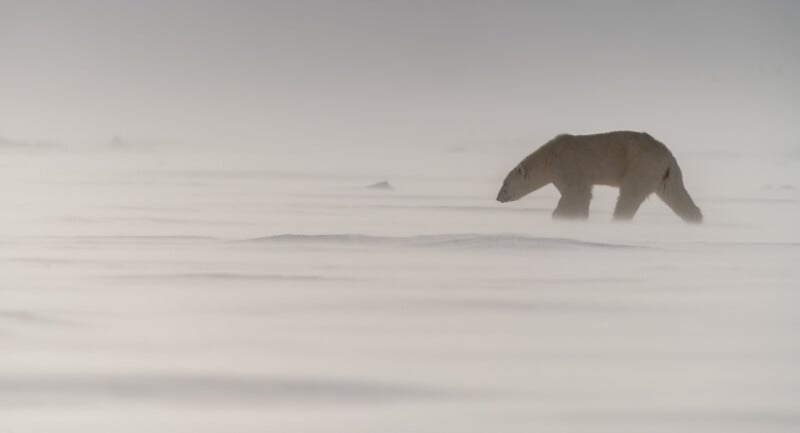
Gregus highlights another aspect of human activity that worries him when it comes to polar bears. “Just like humans, some polar bears have specialty skills that aren’t inherent to all polar bears,” he describes. “You may have a polar bear who is very skilled at hunting beluga whales. When that bear hunts the belugas, other bears can watch and learn the skill. These types of traits being ‘taught’ across the species can be a stepping stone that can save the species. Unfortunately, since trophy hunting of polar bears is still legal in Canada, what happens if that bear is hunted by humans? Suddenly, having that beluga hunting skill taken away from the species can have dire effects for centuries to come.”
Climate Change in the Arctic
Just 10,000 years ago, Hudson Bay was under a sheet of ice during the planet’s last ice age. Since the ice receded, the land has mostly looked the same in the centuries since, although Gregus says that might be coming to a change.
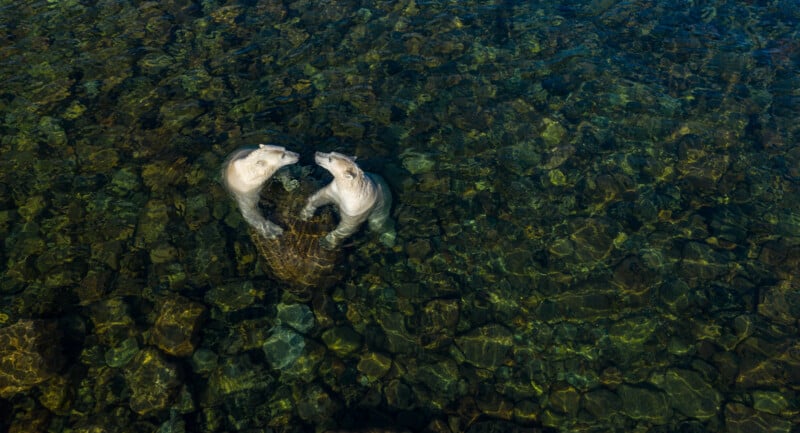
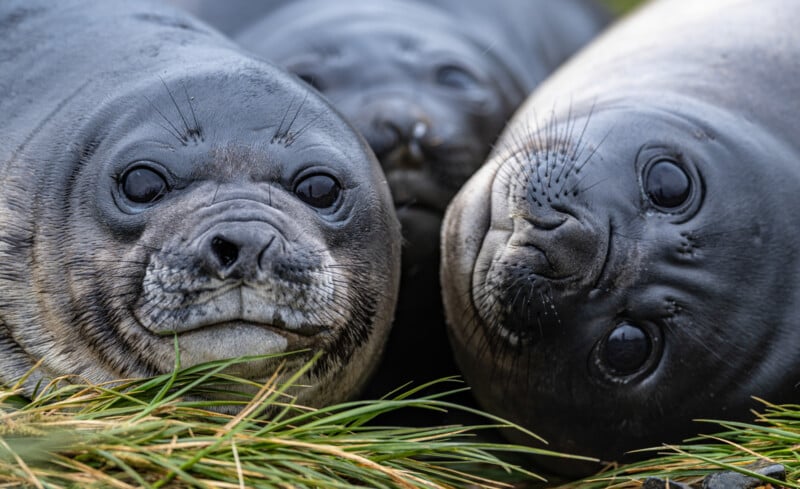
“The temperature changes over the last few decades have been drastic,” he explains. “In the winter, the temperature would be -40 to -60 degrees Celsius, whereas in the summer it would be 10-15 degrees Celsius. On a recent expedition, however, we were hit with a sweltering heat wave where the temperatures exceeded 30 degrees Celsius. Along with the increase in temperature has come an increase in moisture, leading to more abundant flora. We are at a precipice where the arctic of cold and ice is no longer a reality. We don’t know what the new arctic will look like, but we do know that it will have lasting effects on the polar bears and all of the fauna that call the arctic home.”
The Narwhal Project
As Gregus and his business partner, Thomas Gasior, work on editing their film of the polar bears in the arctic, they have undertaken a new project to document the effects that climate change is having on the arctic narwhal population. “In May of 2023, we traveled to Baffin Island, a large piece of untouched land between northern Canada and Greenland. I had been wanting to document the narwhal’s since I was a child, and National Geographic’s incredible work in the region inspired me to make it a reality. The two weeks that we spent documenting the narwhal’s behavior was fascinating.”
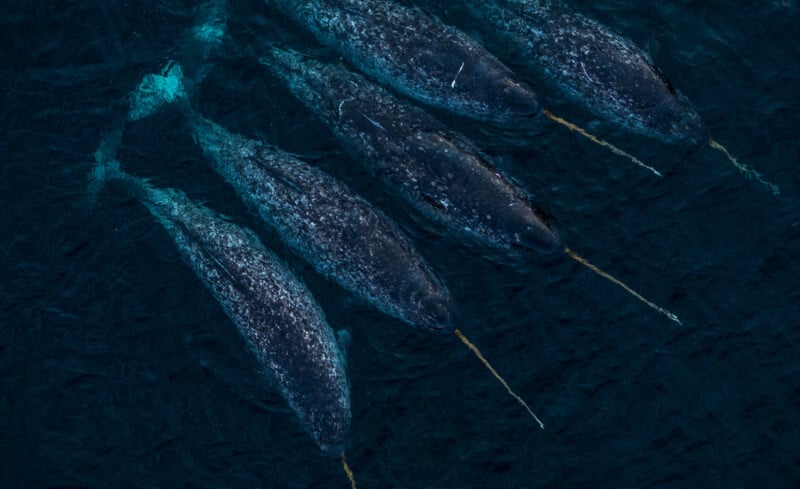
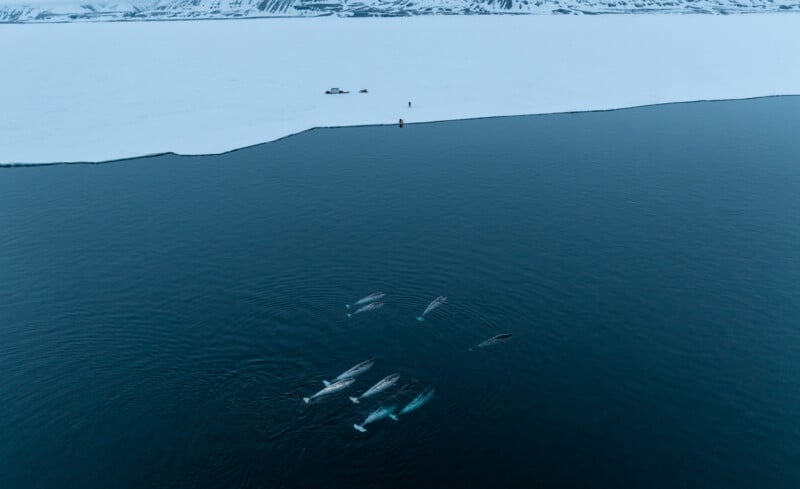
Even though Gregus traveled to Baffin to document the narwhals, he learned a lot about the differences in southern and northern polar bears. “In the south, especially with climate change, the polar bears have been able to expand their diet,” he explains. “While they used to be strictly marine animals who hunted other marine animals, now, those polar bears are able to eat vegetation and small foxes and land animals who have arrived off of the shores of Hudson Bay. The northern polar bears in Baffin Island, however, are still dependent on feeding from the sea, and the shifting ice and marine animals have disturbed their routine, making life much more difficult.”
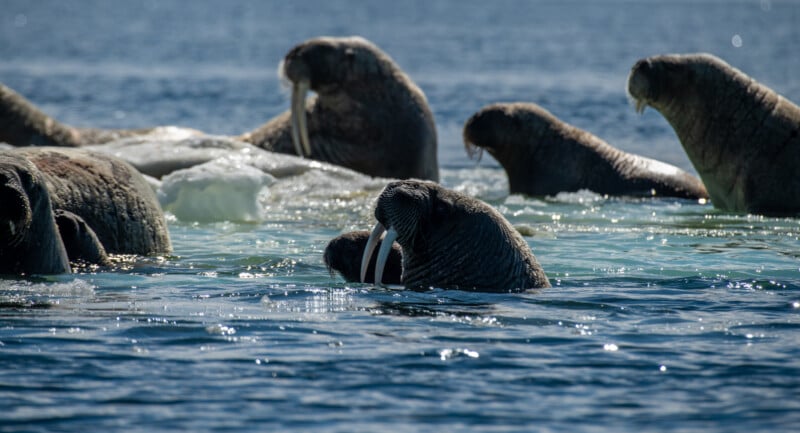
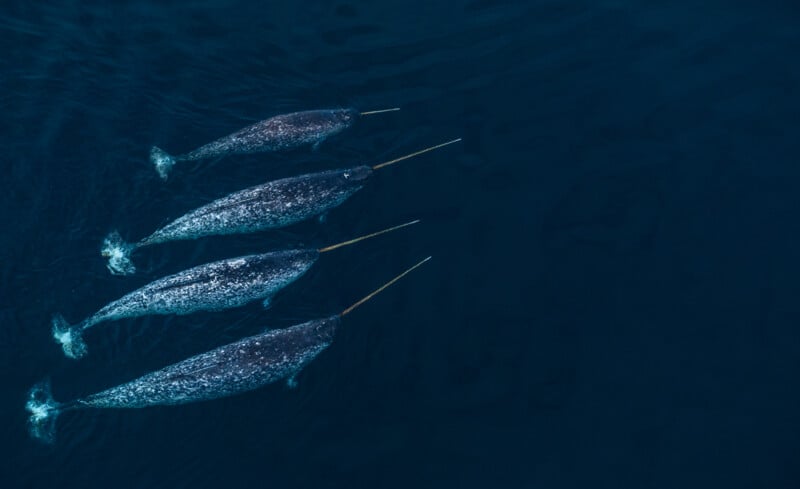
Gregus explains that through his multiple expeditions into the arctic, he has learned individual personality traits the more time he spends with the polar bears. Some bears only hunt certain animals, while another has defied all odds and lives into adulthood with only three-legs. “While many think of polar bears as solitary animals, I have actually witnessed polar bears size each up, growling at each other, however, to this day, I have never seen a polar bear fight. Oftentimes, they will stand down and then eat side by side. There is still so much that we do not understand about polar bears, however, what we do know is that they are one of the most unique, strong, and resilient species on the planet and we as humans should do everything we can to learn about them and protect them. And that is what I hope my work inspires others to do.”
Tips for Photographing Wildlife in Extreme Locations
Get to know your subject
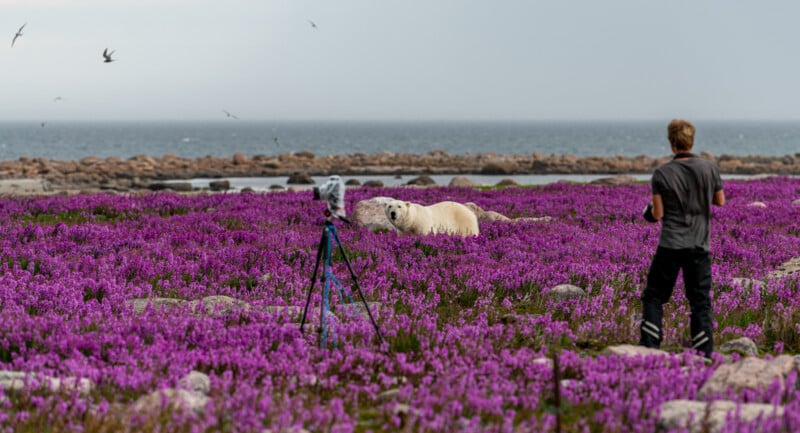
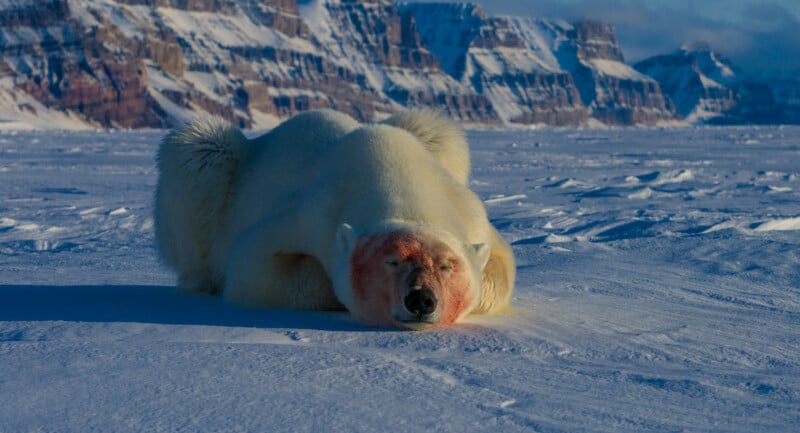
Gregus’ most important tip when it comes to photographing wildlife in extreme environments is that photography isn’t the most important aspect. “It is impossible to get photos of your subject if you can’t find your subject,” he explains. “That is why it is vital to get to know your subjects and their behaviors. You need to understand that animal, you need to understand their environment, and you need to understand how they interact with it. If you do your homework and learn from experience, you will be able to anticipate their moves, which will lead to being able to get the shot that you have envisioned.
You can’t be in every spot. Rather, be in one spot really well
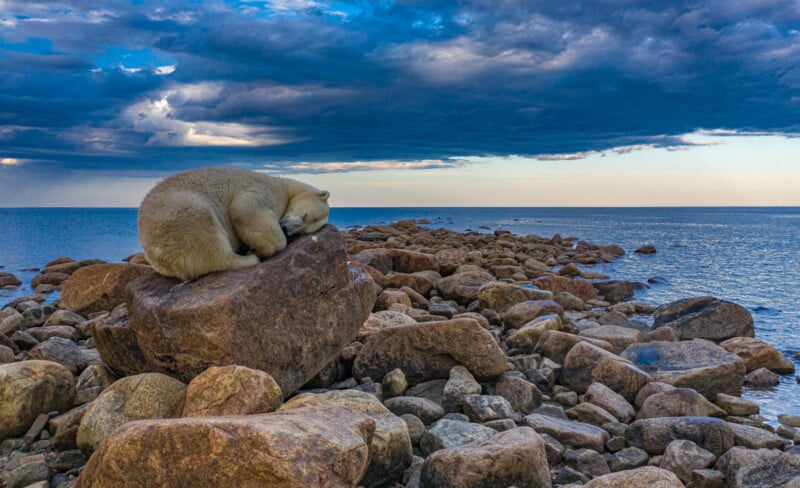
So often, Gregus says, photographers try to capture everything, which can lead to capturing nothing. “Constantly playing a game of cat and mouse is a guaranteed way to miss the shot,” he says. Instead, he recommends doing your homework and putting yourself in the position to succeed, instead of being reactive and constantly chasing your subject.
Do Not Be Discouraged When Nothing Happens
Gregus explains that wildlife photography is hard. So hard, in fact, that you can spend days or weeks trying to capture a shot only to come up empty handed. “This is the nature of wildlife photography,” he says. “You need to have the mindset that wildlife photography isn’t a guarantee. This can help you avoid becoming discouraged when the moments that you envision don’t happen. The only thing you can do is learn from your experience and implement those lessons for the next attempt. Eventually, all of your hard work will pay off, if you have the patience to wait your turn.”
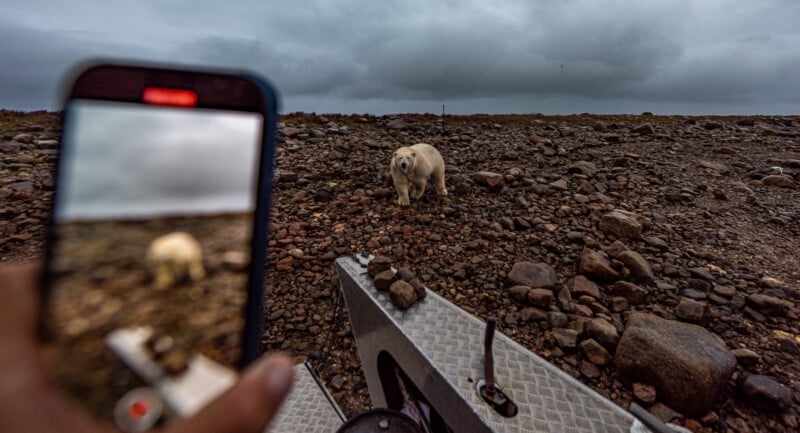
Gregus points to his last expedition to capture the polar bears in the fireweed. “All we wanted was polar bears and their cubs in the fireweed,” he says. “As the days went on, we kept capturing the adult bears, but never the cubs. After over two weeks of patience and sticking to our plan, the moment finally came when the cubs joined their mom in the fireweed. I will admit, I was discouraged for a long time, but that moment turned out to be one of my favorite memories of my life, and it wouldn’t have happened without having the patience to let nature take its course.”
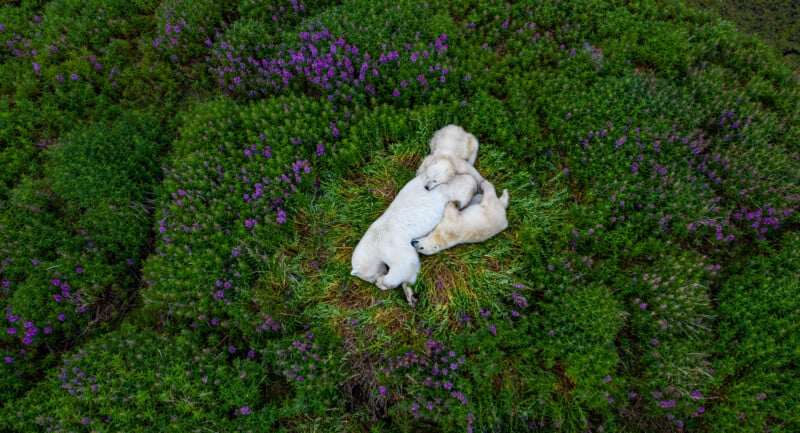
Gregus concludes that, while his lifestyle of photographing arctic wildlife isn’t easy, he wouldn’t change his passion for anything. “The feeling that I get when I am standing just a few meters from a polar bear or a narwhal is indescribable. I stand in awe as I view these creatures that have been on this unforgiving land for centuries. When I look at them, I can see all the years of fighting that they have had to go through to survive. But they always have. Their greatest fight is yet to come, however, knowing the polar bear’s resilience, I am hopeful that they can yet again prevail against all odds.”
See more from Martin Gregus on his website and Instagram.
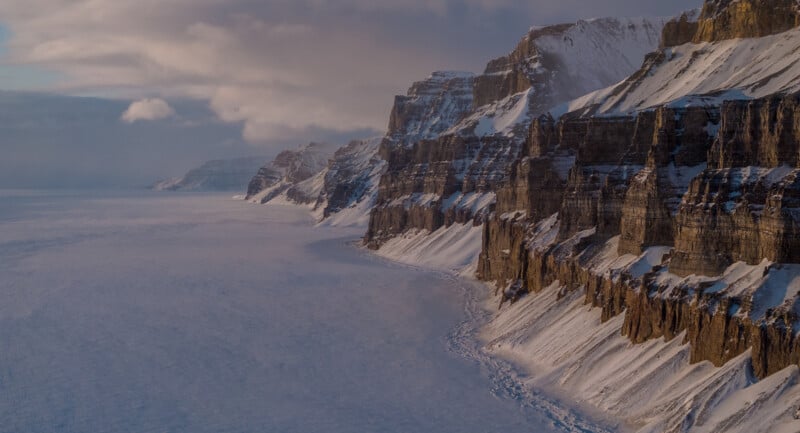
Full disclosure: This article was brought to you by Pelican
Image credits: All photos by Martin Gregus
